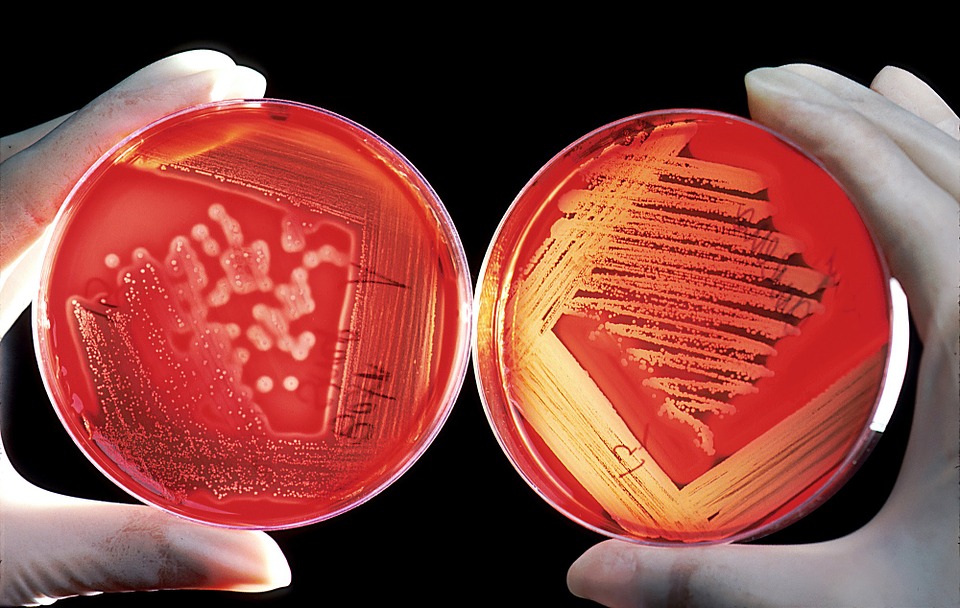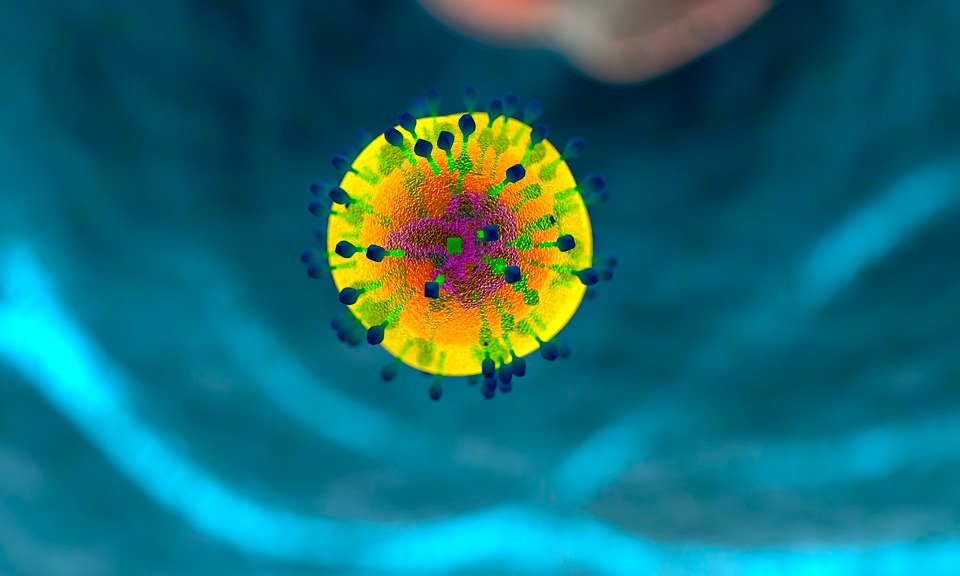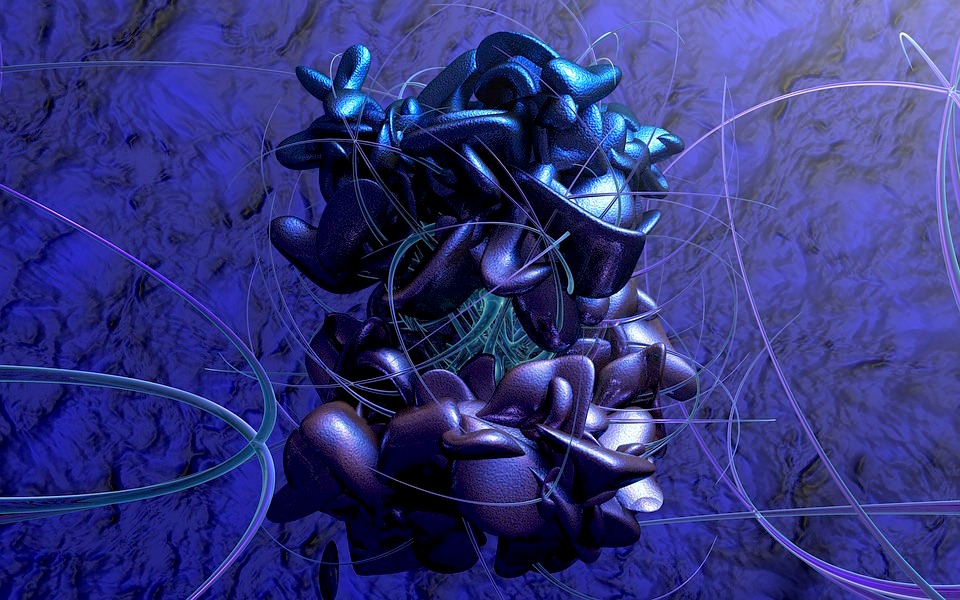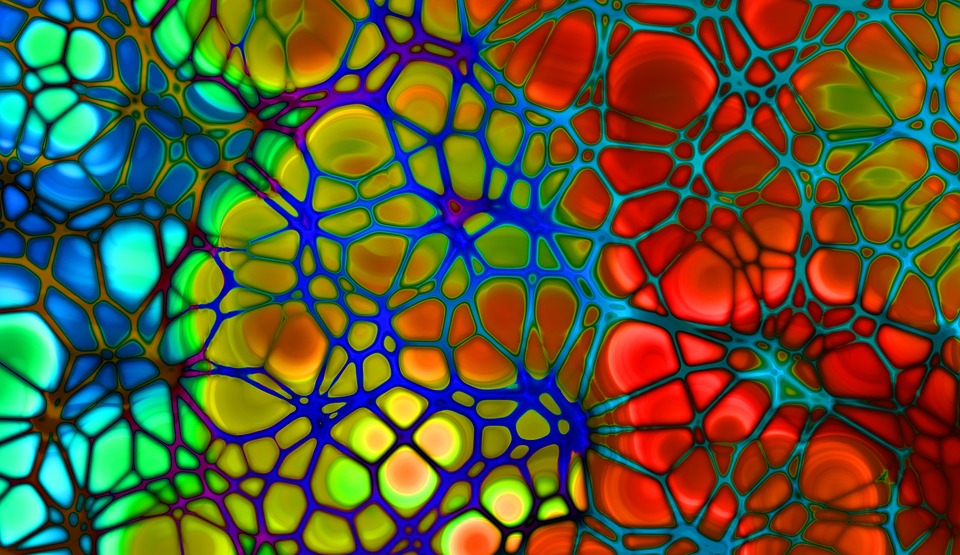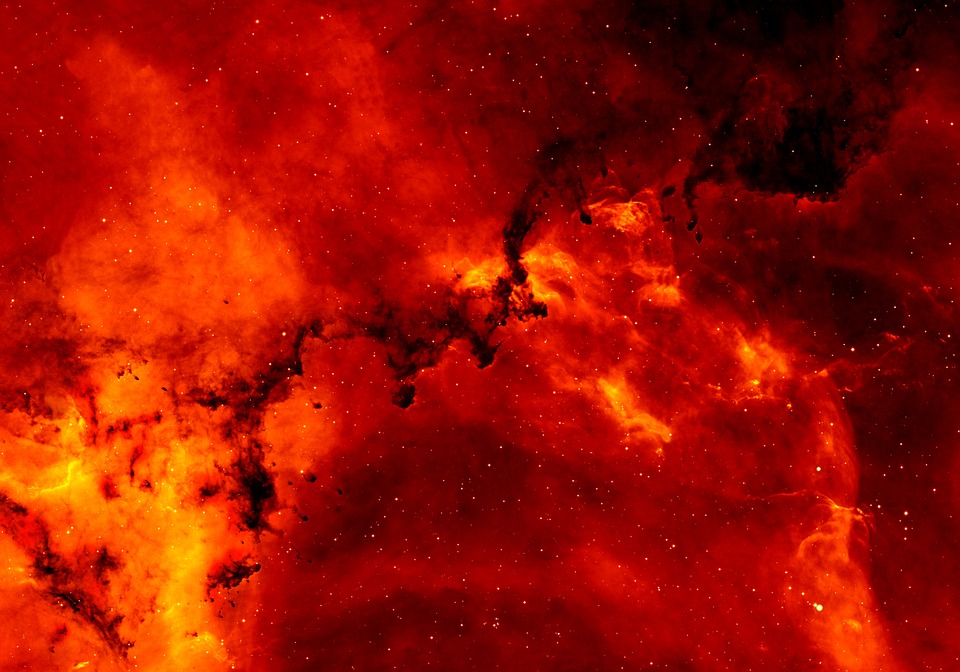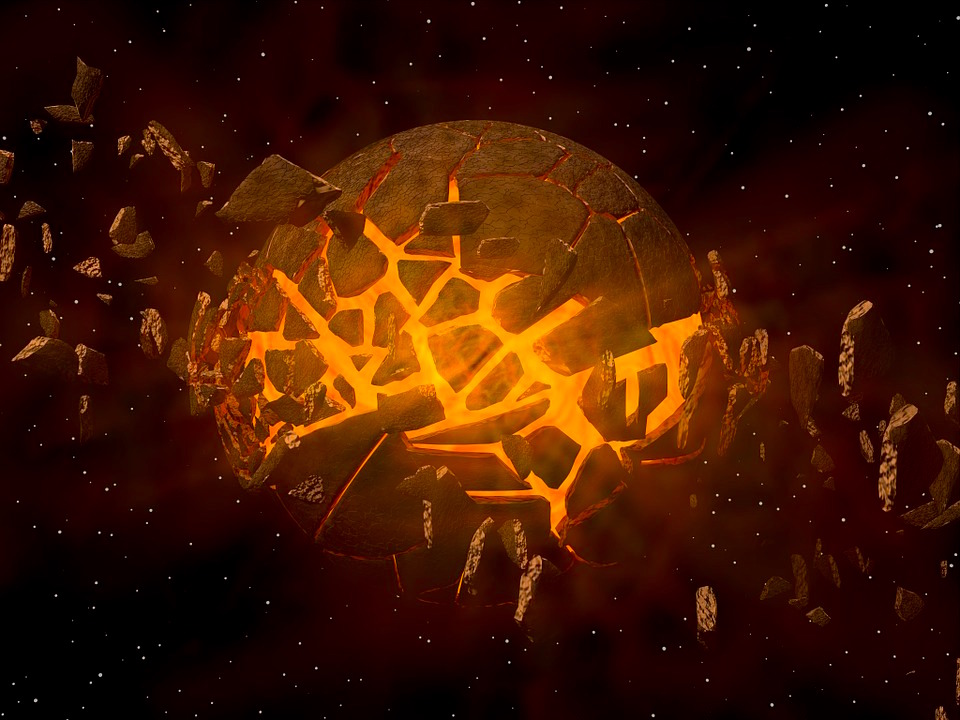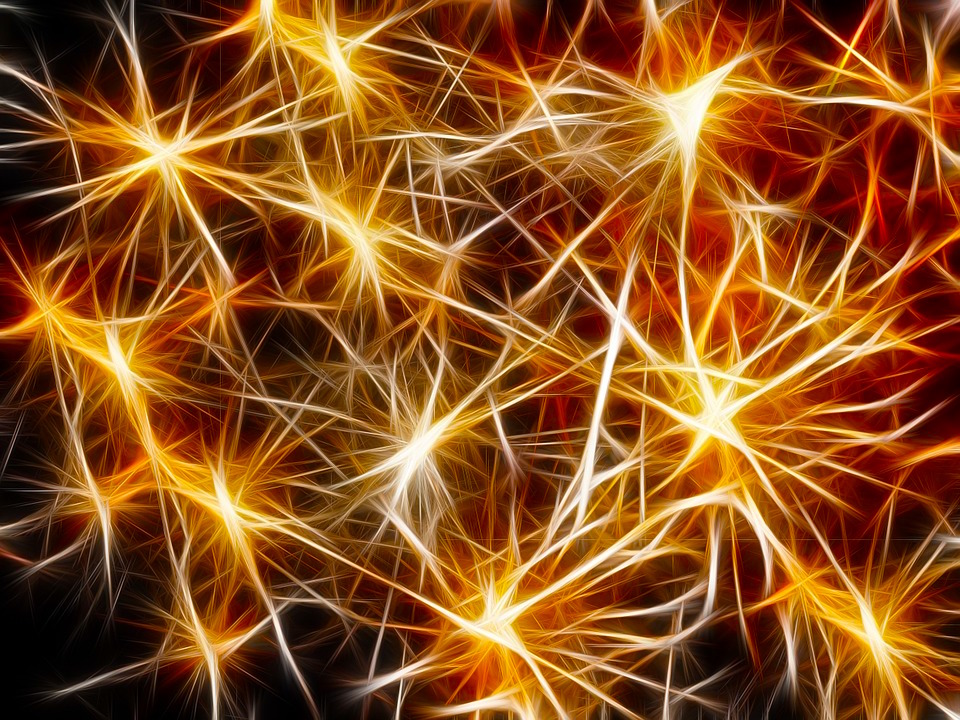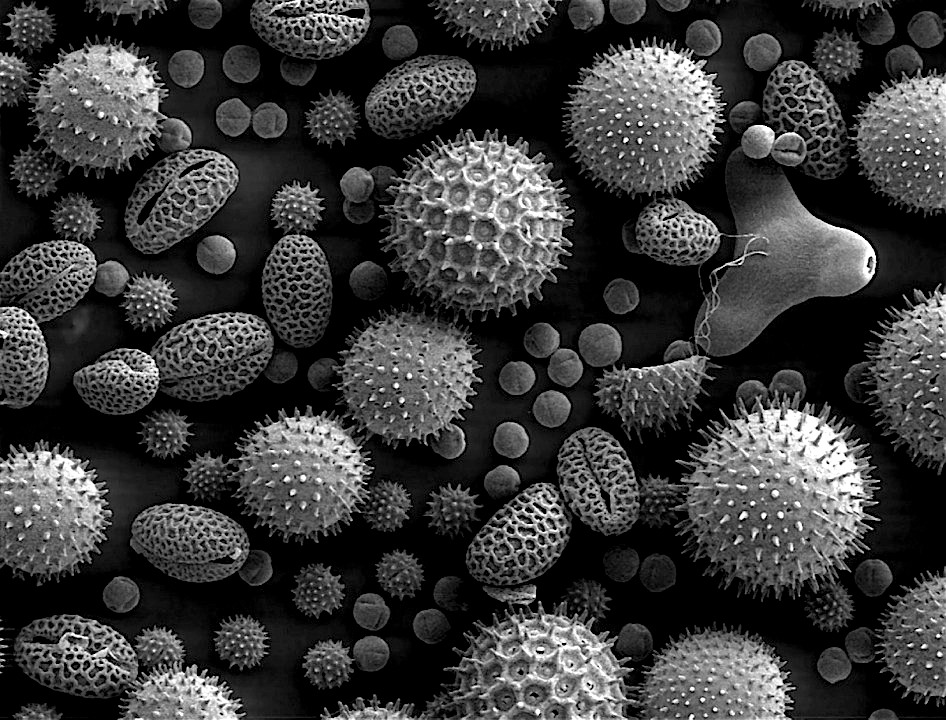Annual Meeting Preparing for its first annual meeting, which is to be held towards the end of this year, the WAMS’ General Council is now in the process of finalizing the …
PART 1: Abstract Cancer cells are the result of the multi-step, multi-dimensional and multi-generational process of oncogenesis, but they are never the products of cellular transformation. When a stem cell …
PART 2: The Definition of Oncogenesis The human cell is mankind’s basic unit of life and a dynamically functional, highly-organized, self-governed component of human body. It is the condition of …
PART 3: The Basis of Oncogenesis In a living multicellular organism, nothing is purposeless or by chance; intracellularly or extracellularly, nothing usual or expected can happen without a purpose, and …
PART 4: No grounds for solitary cells In the human multicellular organism, no single cell of any kind can initiate a normal or abnormal group act or function by its …
PART 5: Cancer cells are rather the products of malignant tissue transformation than malignant cellular transformation Cancer cells are not the transformation of the cells that preceded them. In or between …
PART 6: The overwhelming tissue transformation is the oncogenesis itself In its ever-changing and evolving neoplastic environment, a full-blown neoplastic tumor makes the body go through an enormously progressive multi-range …
PART 7: The main players, opponents and proponents are the Clonal Cell Groups While we describe tumors as abnormal tissue, we must not see them as alien structures, because they …
PART 8: Metastasis is not quite a scheduled end of the Oncogenetic Evolution The epic journey of oncogenesis is an evolution that is not programmed to end with metastasis. Could a terminally …
PART 9 (Final Part): Discussion & References Discussion In oncogenesis, where an unreserved display of Darwin’s Evolution Theory is seen [1], what all we are able to see so far is only a …

